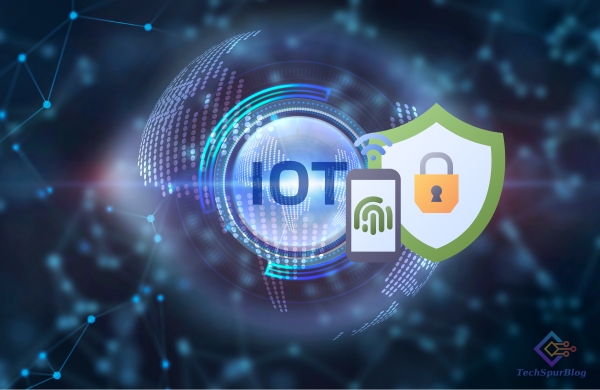
characterized by rapid advancements and an ever-increasing reliance on interconnected devices, has brought challenges in security and trust. Recognizing the growing vulnerabilities, especially in the Internet of Things (IoT) sector, the U.S. Cyber Trust Mark has been introduced, promising to transform the cybersecurity landscape significantly.
Luis Alvarez, the dynamic CEO of Alvarez Technology Group, highlighted the importance of this step forward. “In today’s hyper-connected world, the U.S. Cyber Trust Mark isn’t merely a decorative emblem. It is a symbol of assurance, embodying a promise that businesses and consumers can lean into a digital era with reinforced confidence in the security of their devices and the sanctity of their data,” Alvarez passionately remarked at a recent global tech symposium. Read more on the Alvarez Technology Group blog.
This initiative’s gravitas is rooted in its rigorous guidelines for IoT devices. To earn this mark, manufacturers must meet stringent cybersecurity criteria, raising the bar for device security and ensuring safer consumer-business interactions in the digital realm.
Also Read: How People Start Valuing Digital Safety, and What is the Price
Rob Giannini, the progressive force behind GiaSpace (visit website), emphasized the timely nature of the U.S. Cyber Trust Mark. “New devices are added to our personal and professional ecosystems every day. These devices, while offering convenience and efficiency, also introduce potential vulnerabilities. The U.S. Cyber Trust Mark is a testament to our collective responsibility – ensuring that security isn’t left behind as technology progresses,” Giannini noted during a panel discussion on emerging tech trends.
Underpinning this initiative is the Federal Communications Commission (FCC). Their commitment to transparency and accountability is evident in their plan for a QR code-linked registry of certified devices. This move, providing users instant access to the security credentials of their devices, further cements the initiative’s intent. With partnerships extending to agencies like the Department of Justice, there’s a multifaceted approach to ensuring device security and a framework for enforcement and oversight.
As whispers become conversations in the tech corridors about this groundbreaking move, agencies like the National Institute of Standards and Technology (NIST) are on the verge of defining more detailed cybersecurity guidelines. This holistic approach by various stakeholders is set to usher in a new era of digital trust.
Also Read: How to Use an SPF Record to Protect Your Emails
Concluding Thoughts
The introduction of the U.S. Cyber Trust Mark is more than just a step – it’s a leap toward securing the future of digital interactions. With industry leaders like Alvarez and Giannini championing its cause, the broader tech community is heading towards a more secure and trustworthy digital future.

Leave a Reply